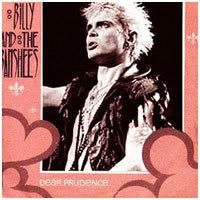
Billy and the Banshees
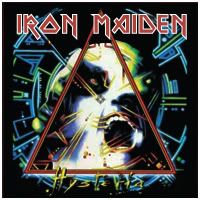
Phil Collen joins Iron Maiden
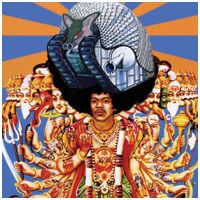
Emerson

Billy and the Banshees

Phil Collen joins Iron Maiden

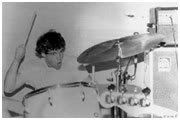
Bill Stevenson - (The Descendents/ ALL/ Black Flag/ Only Crime/ The Lemonheads)
Stevenson is credited as one of the founding fathers of punk drumming. His influence not only spans the last few decades of pop punk drumming, but also contributes to a twenty-six year career as a song writer and producer. His style ranges from a rudimentary four/four style to a powerfully consistent and sometimes complex “drum-rolling” lead technique.

Brendan Canty - (Rites of Spring/One Last Wish/Insurrection/Happy Go Licky/Deadline/Fugazi)
One of the more passionate drummers out there, Canty’s style was like no other. Combining Jazzy rhythms with experimental punk beats, Canty’s execution was as strong as his creativity. Most notable for his signature “Liberty Bell” and interesting kit arrangement, Canty rarely left any piece of his set unattended to. He has worked with countless musicians over the years and even produced the already legendary Burn To Shine Series. Recent works can be found in his soundtrack work on cable television’s TLC and Discovery channel.
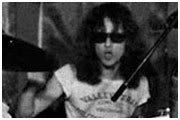
Tommy Ramone - (The Ramones)
Not surprisingly the last surviving member of the band, Tommy is the Ramone who had and still has it together, and it shows clear as day in his playing. His drumming was smart, tight, and perfectly complimentary to the rest of the band’s vision. His exceptional level of responsibility made it easy for him to co-produce the first three Ramones records and work to produce records by other punk acts of the 80’s.
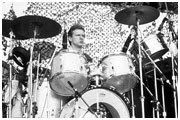
Terry Chimes - (The Clash/ Johnny Thunders and the Heartbreakers/ Cowboys International/Generation X/Hanoi Rocks/Black Sabbath)
Chimes brought his professional rock and roll drum sound to the earth-shattering punk phenomenon known as The Clash. He hit the drums hard and with satisfying precision, helping the band obtain the popularity and notoriety that they deserved. Although his career history with the band is scattered, Chimes was there to drive the sound home when it counted.
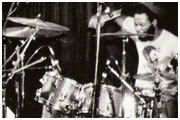
Earl Hudson - (Bad Brains)
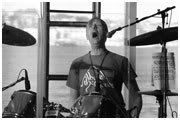
Peter Prescott (
Mission of Burma is one of my favorite groups, and the fact that Pete Prescott not only plays like a champion, but also sings like an angel, helps solidify that belief. His chaotic and huge drum sound is, without a doubt, one of the main contributing factors to the amazing skill level and sound that the group emits.

Bruce “Ted” Slesinger - (Dead Kennedys)
Slesinger left a lasting impression as the short lived second drummer of the epic punk ensemble, Dead Kennedys. His attention to impressive kick-snare-ride patterns locked in with Klaus Flouride’s exciting bass grooves and laid down a bold foundation to compliment East Bay Ray’s shredding guitar riffs. Although he is only credited for contributing to their first album (Fresh Fruit for Rotting Vegetables) and the single “Holiday in

Rat Scabies (The Damned)
The incredibly skilled founding member of punk legends The Damned, Scabies's silly, dangerous, and sometimes intentionally sloppy style landed him a noble spot in the punk rock history books. From setting his drums on fire, to knocking them over in a Keith Moon fashion following performances, Scabies acts were both exciting and entertaining.
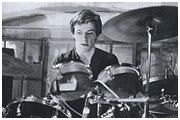
Stephen Morris - (Joy Division/New Order)
Appropriately nicknamed “Human Drum Machine”, Morris was essentially just that. His disjointed style was unique, fresh, and revolutionary. To achieve his complex and rich recorded sounds, Morris would sometimes record each hit as a separate track and later patch them together. Morris did admittedly strive to be a drum machine, so with the advent of the changing drum sounds of the early-mid 80’s, he gave in and gave his sticks a little rest.
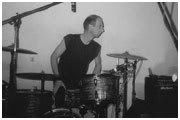
Robert “Gotobed” Grey - (Wire/Colin Newman/Dome)
From simple, solid, driving blasts to complex polyrhythms, Gotobed successfully tackled it all. In the late 1980’s, his band Wire made a decision to incorporate drum machines into their sound. Thoughts of expensive equipment and burdensome touring were enough to convince him to get up from his stool and leave the band. The band continued for a year without him, and without an “e” in their name as well (then calling themselves “Wir”). One year later Gotobed came to terms with his issues and rejoined the band, permanently renaming it “Wire”.
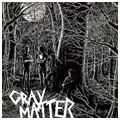
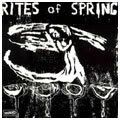
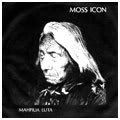
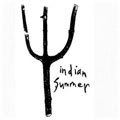
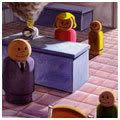
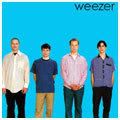

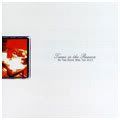
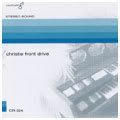
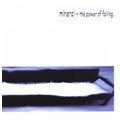
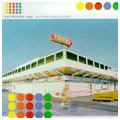
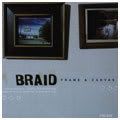
Kiss – Slipknot
Makeup
When I first heard the words coming out of Gene Simmons’s mouth, I was floored. How could this guy sing like this if he dresses like he wants to feast on my soul? Somehow it works though, and it works enough to sell billions of dollars in useless merchandise. Slipknot tried the mask and makeup thing. Only problem is that they suck at music. I guess if I was in a band that attracted the followers that they do, I’d wear a mask too.
Rage Against The Machine – Limp Bizkit
Rap-Rock
There was nothing better at 12 years old than singing along to Rage with my fists clenched. Zack de la Rocha delivered hard-hitting political truth to the arrangements of an intelligent and creative rock group. Unfortunately, his style was mimicked until it was beaten to death. People like Fred Durst of Limp Bizkit should have never been allowed to operate a microphone. Your lyrics are corny and silly, your band looks like they each want to join some other bad group, and you are not so tough Freddie.
The Knack - Hives
Skinny Ties
So the 80’s brought a ton of skinny ties into the mix. The retro 60’s “I wanna be in a clean British Invasion-looking group” thing picked up as well. The Knack was able to do it and not many people hit them with negative feedback on their decision to do so. The Hives however, missed the boat on this one by a long, long time. Not to mention the fact that they just aren’t good sounding, which should be priority over the way a band looks.
Nirvana - Creed
Mehr-hehr
“Mehr-hehr” or “Meer Heer” (roughly pronounced Mare Hare) is a style name one of my good friends often uses to describe that lockjaw vocal sound that started up in the rainy city of
Alice Cooper – Marilyn Manson
Rock and Roll Villain
When he realized that the rock world was full of musical heroes, Alice Cooper set out to give Rock and Roll a Villain. With his make up and his pet snake,